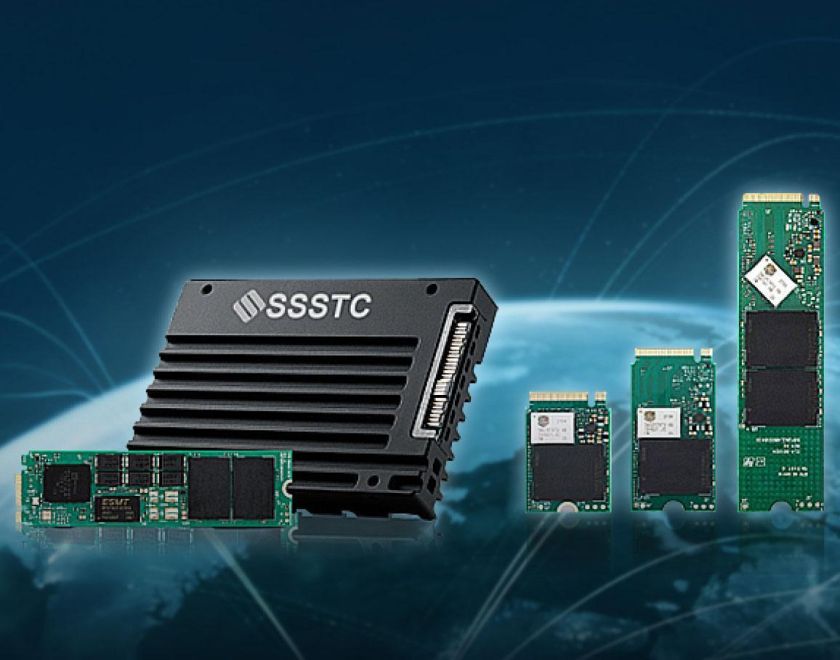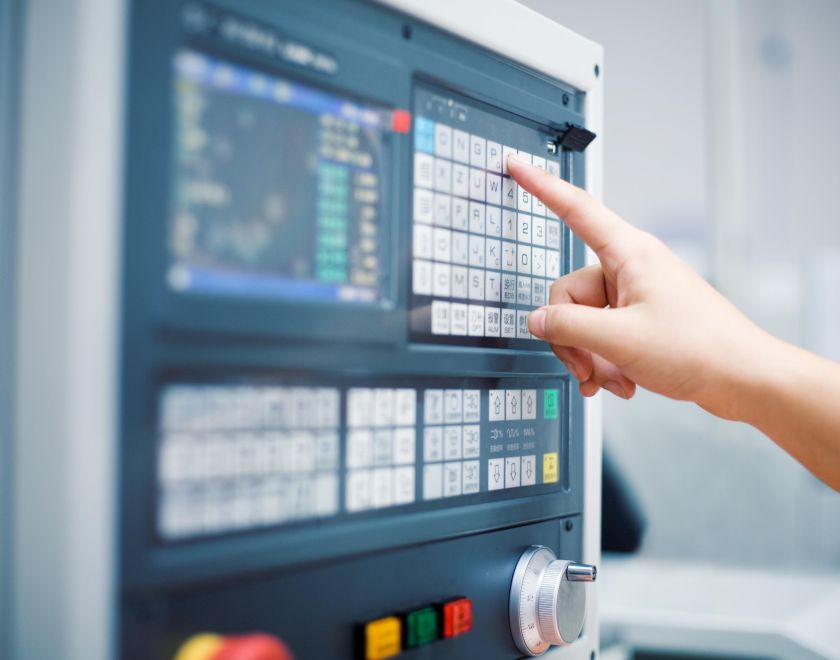Comprehensive Guide to SSDs: Advantages & Key Features
Understanding SSD: Definition, Features, and Benefits
Introduction: Solid-State Drives (SSDs) have revolutionized the storage industry with their superior performance and reliability. In this article, we will delve into the fundamental aspects of SSDs, exploring their definition, key features, and the numerous benefits they offer. Gain a comprehensive understanding of SSD technology and how it can enhance your computing experience.
Definition of SSD
SSD, short for Solid-State Drive, is a type of storage device that uses flash memory to store data. Unlike traditional hard disk drives (HDDs), SSDs do not have any moving parts, which makes them more durable and faster in terms of data access. By leveraging semiconductor-based memory, SSDs provide a non-volatile storage solution that offers significant advantages over HDDs.
Key Features of SSDs
1. Flash Memory Technology: SSDs utilize NAND flash memory, which allows for high-speed data storage and retrieval. This technology can retain data even without a constant power supply.
2. Read and Write Speeds: One of the standout features of SSDs is their exceptional read and write speeds. Unlike HDDs, which rely on mechanical parts to access data, SSDs can quickly retrieve and write information, resulting in significantly reduced latency and improved overall system performance.
3. Reliability and Durability: Since SSDs lack moving components, they are less susceptible to physical damage caused by shock, vibration, or accidental drops. This makes them ideal for portable devices such as laptops, where durability is a crucial factor.
4. Energy Efficiency: SSDs consume less power compared to HDDs, making them an eco-friendly choice. The absence of moving parts not only contributes to energy efficiency but also reduces heat generation, resulting in quieter operation and improved battery life for mobile devices.
Benefits of SSD
1. Faster Boot and Load Times: By leveraging their high read speeds, SSDs significantly reduce system boot times and application loading times. For example, the CL6 M.2 SSD is known for its excellent read speeds, meaning you can start your computer quickly and launch programs almost instantly, enhancing productivity and user experience.
2. Improved File Transfer Speeds: SSDs excel at transferring large files or performing data-intensive tasks. With technologies like those found in the CL6 M.2 SSD, copying, moving, or accessing large media files becomes noticeably faster, allowing for more efficient workflows and reducing waiting times.
3. Enhanced Gaming Experience: For gamers, SSDs provide faster game loading times and improved performance, resulting in a seamless and immersive gaming experience. Models like the CL6 M.2 SSD help games load quicker, reducing in-game delays, and improving responsiveness.
4. Noiseless Operation: SSDs produce no noise as they lack moving parts. This makes them perfect for environments where silence is essential, such as recording studios or quiet workspaces. Devices like the CL6 M.2 SSD emphasize this advantage.
Conclusion
In conclusion, SSDs offer a compelling alternative to traditional hard disk drives, providing numerous advantages including faster speeds, increased reliability, improved durability, energy efficiency, and enhanced user experiences. As technology continues to advance, SSDs, including innovative options like the CL6 M.2 SSD, are becoming increasingly affordable, making them a popular choice for both personal and professional use. Embrace the power of SSDs and unlock a new level of performance and efficiency in your computing endeavors. If you wish to learn more about the CL6 M.2 SSD, you can connect to the product introduction.
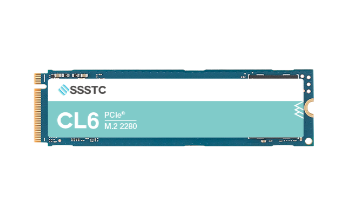
CL6 M.2 2280
NAND Flash: 3D TLC NAND Flash
Interface: PCIe® Gen4 x4
Sequential Read: 6,000 MB/s
Sequential Write: 5,300 MB/s
SSSTC provides the best quality, competitive cost mainstream storage products with superior customized service.Contact us to find more enterprise SSD or industrial SSD solutions.


__24C05D67dI.webp)
__24C15hqqtC.png)
__24C15wOdCC.png)

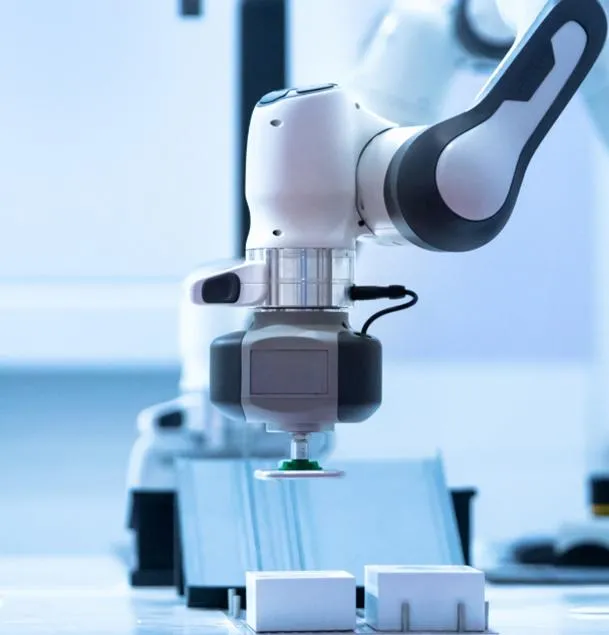
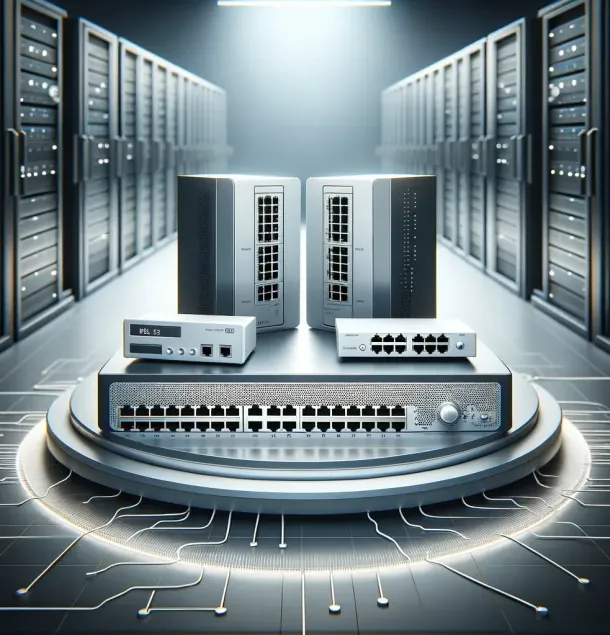


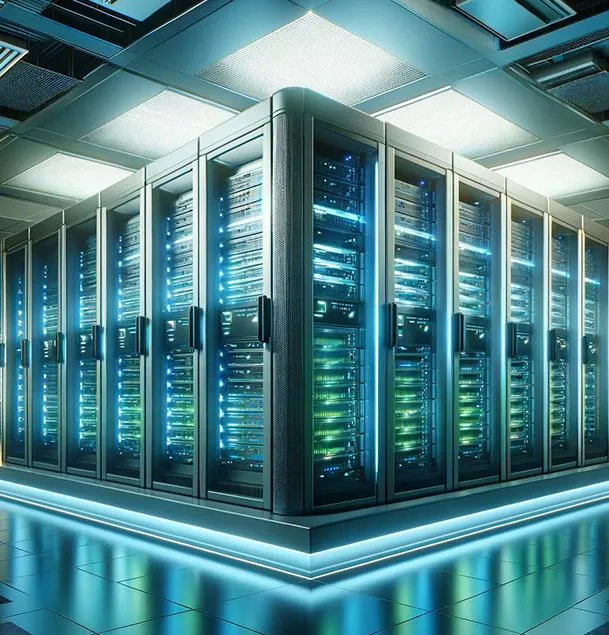



__24C05XQ2my.jpg)


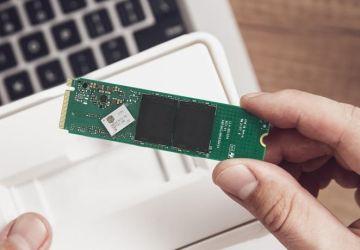



__24C05fplcZ.png)
__24C05vgHYC.png)
